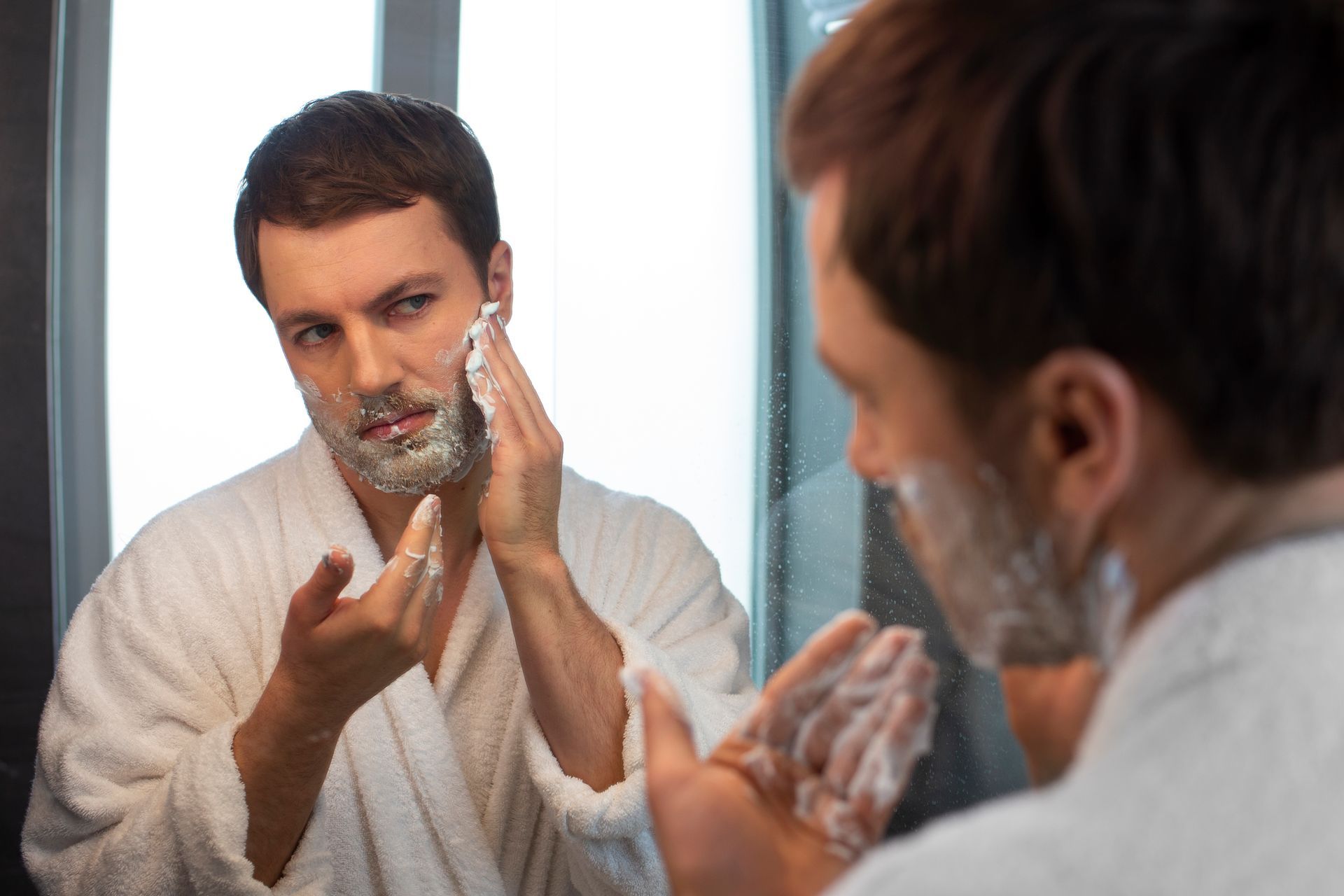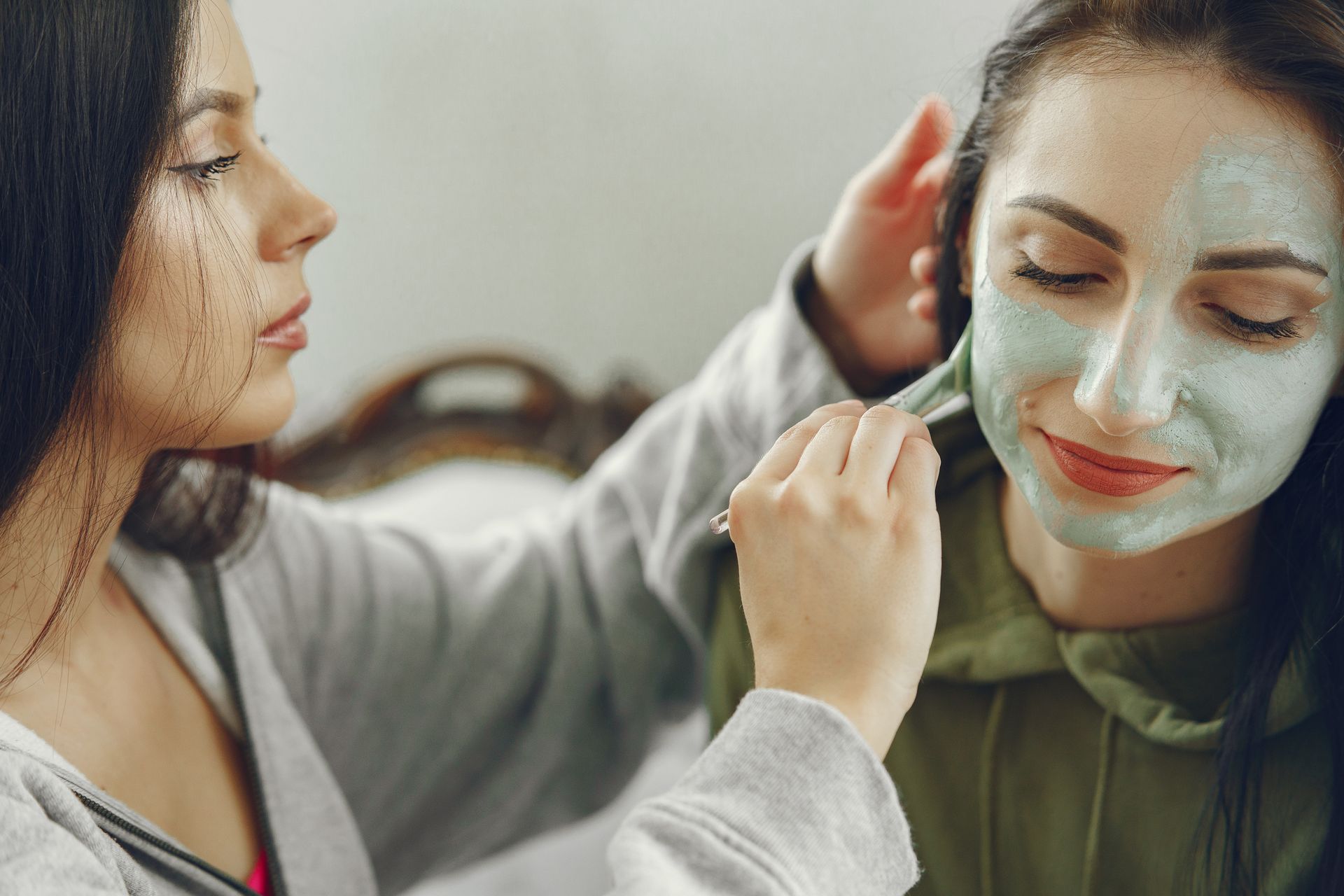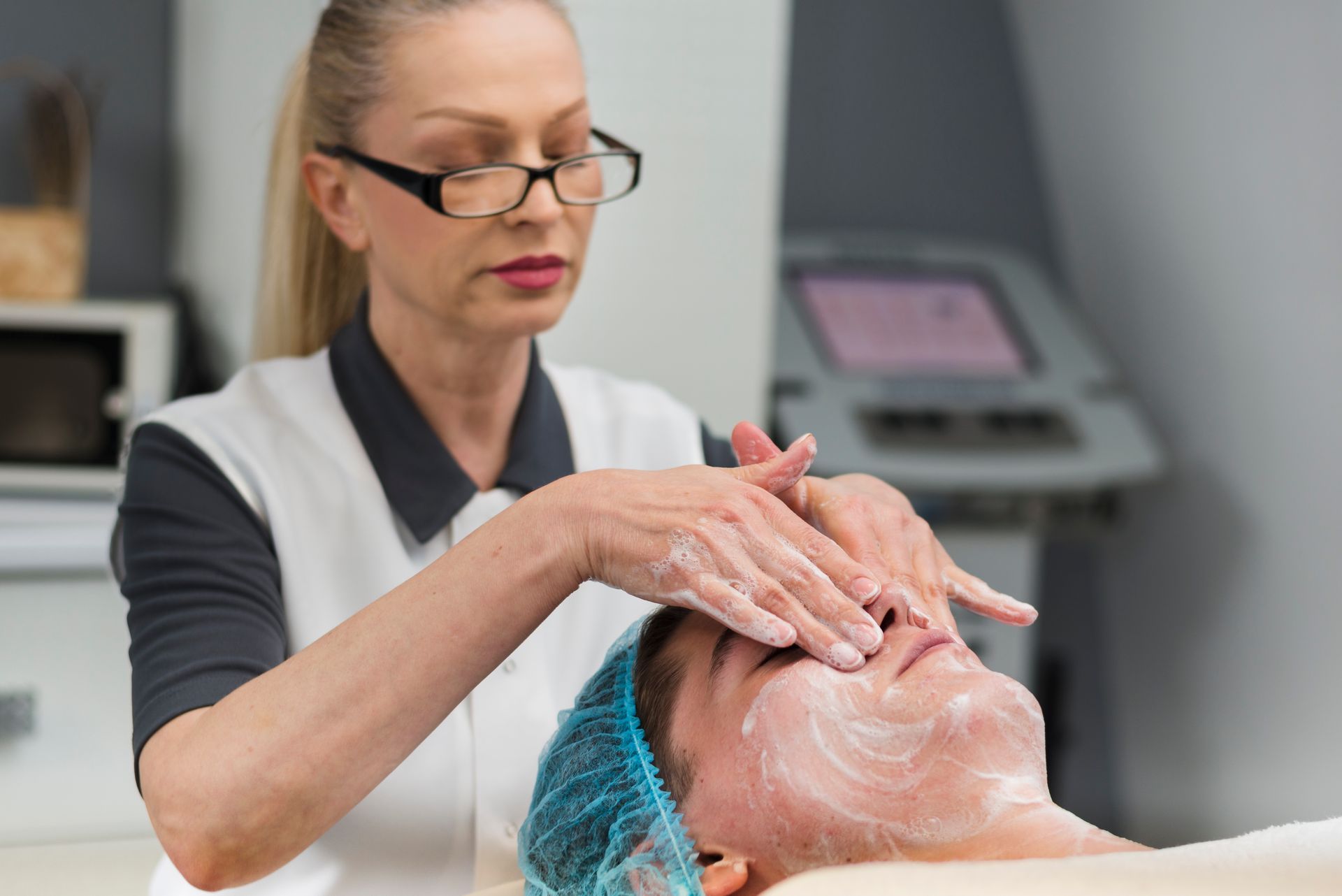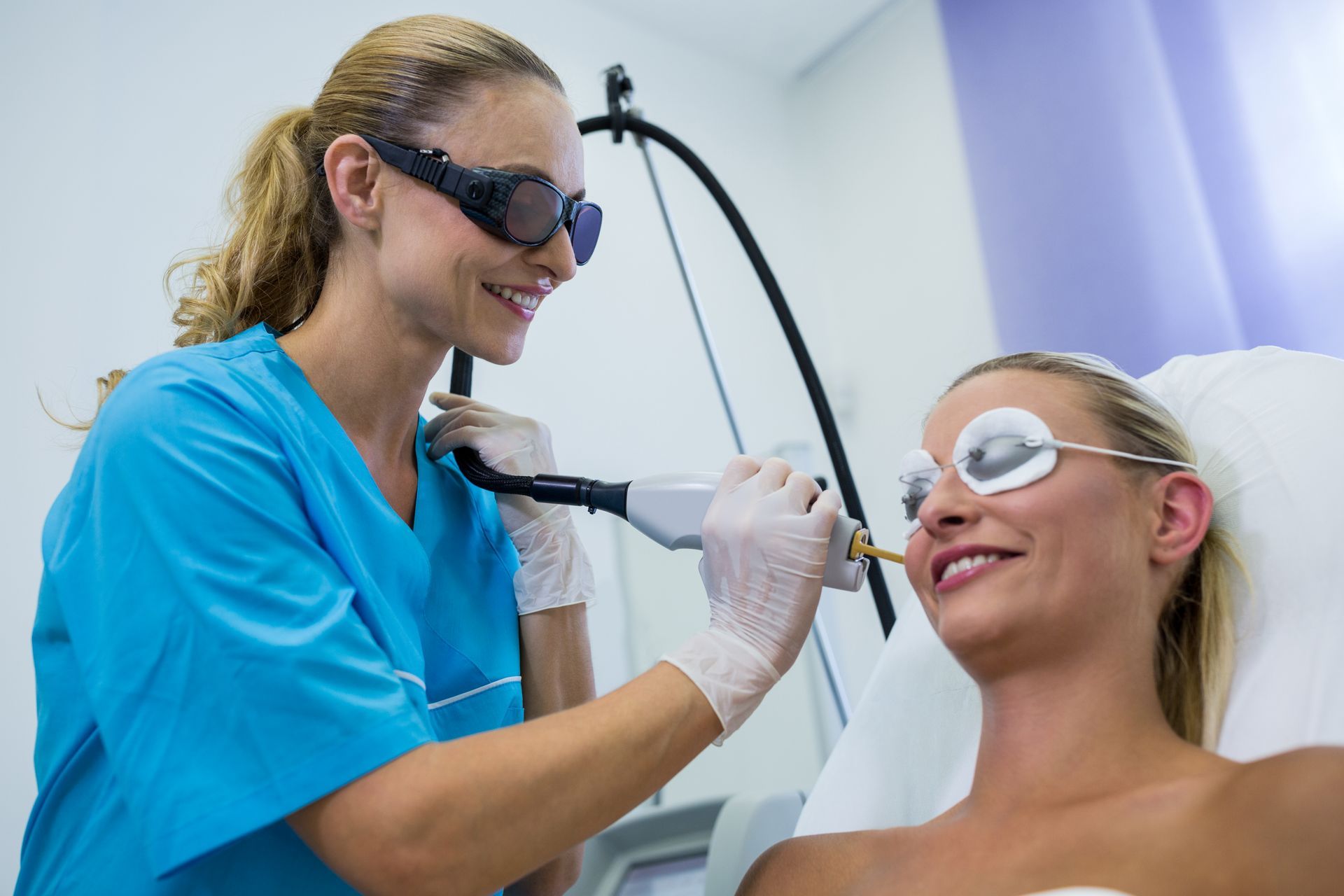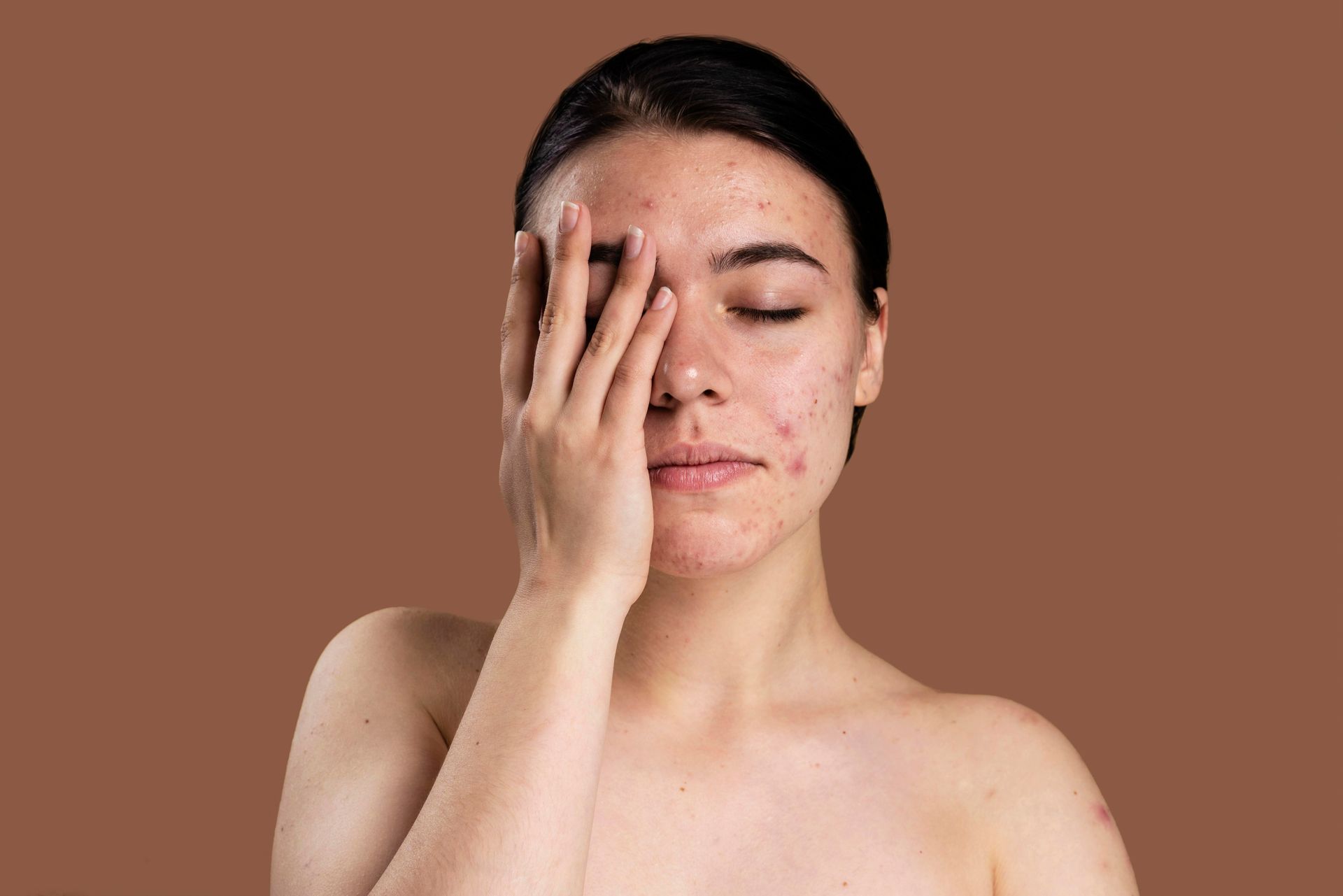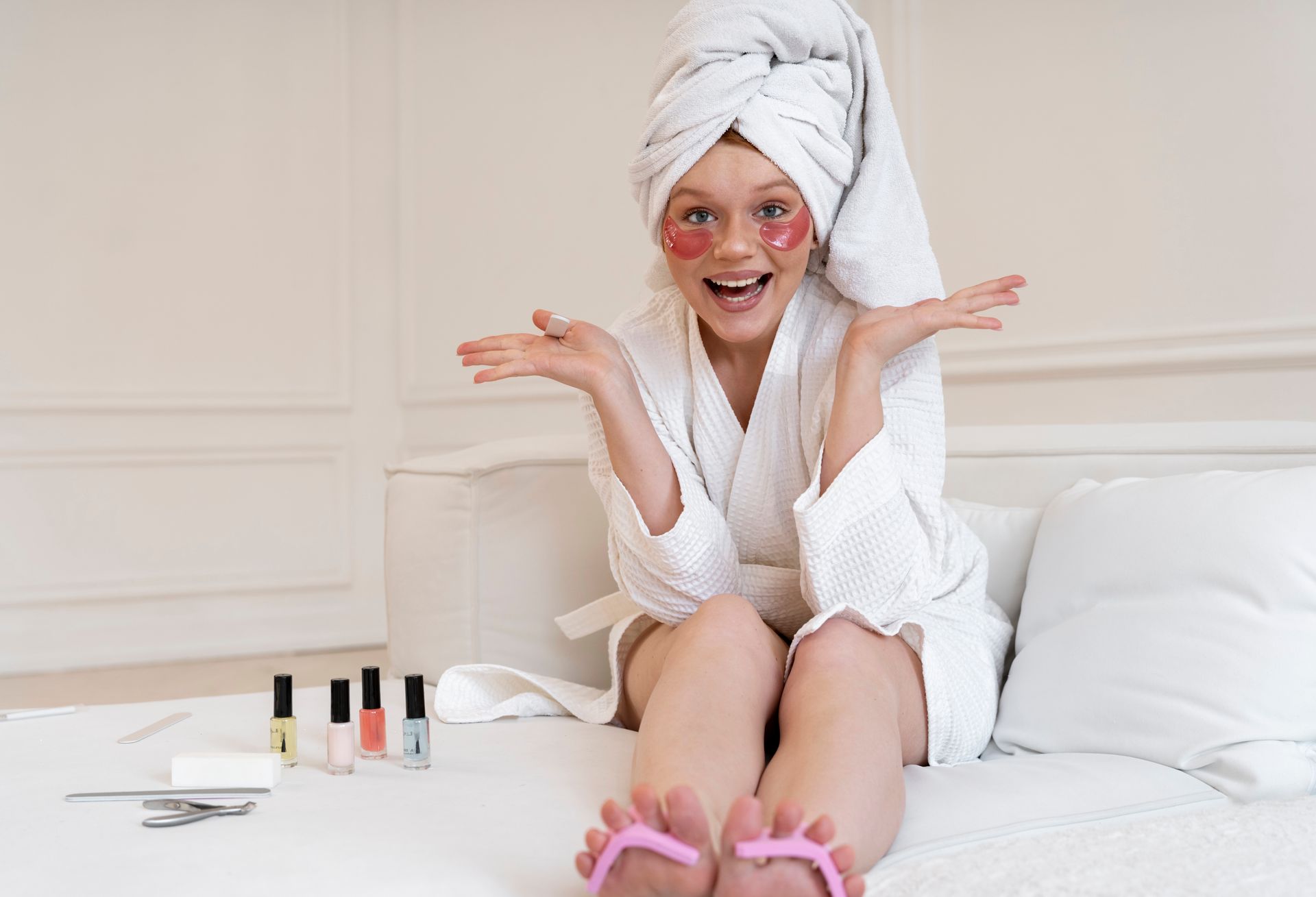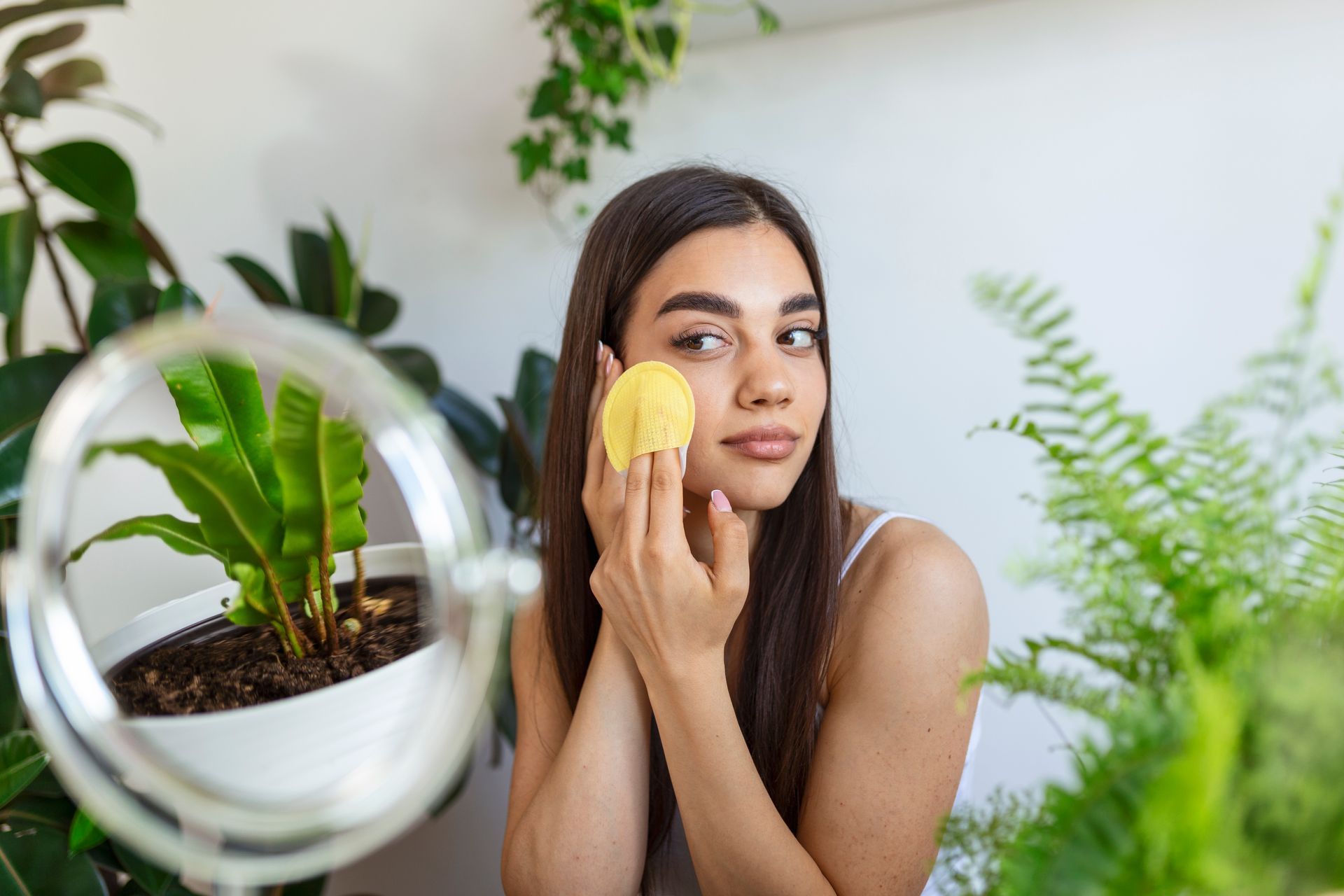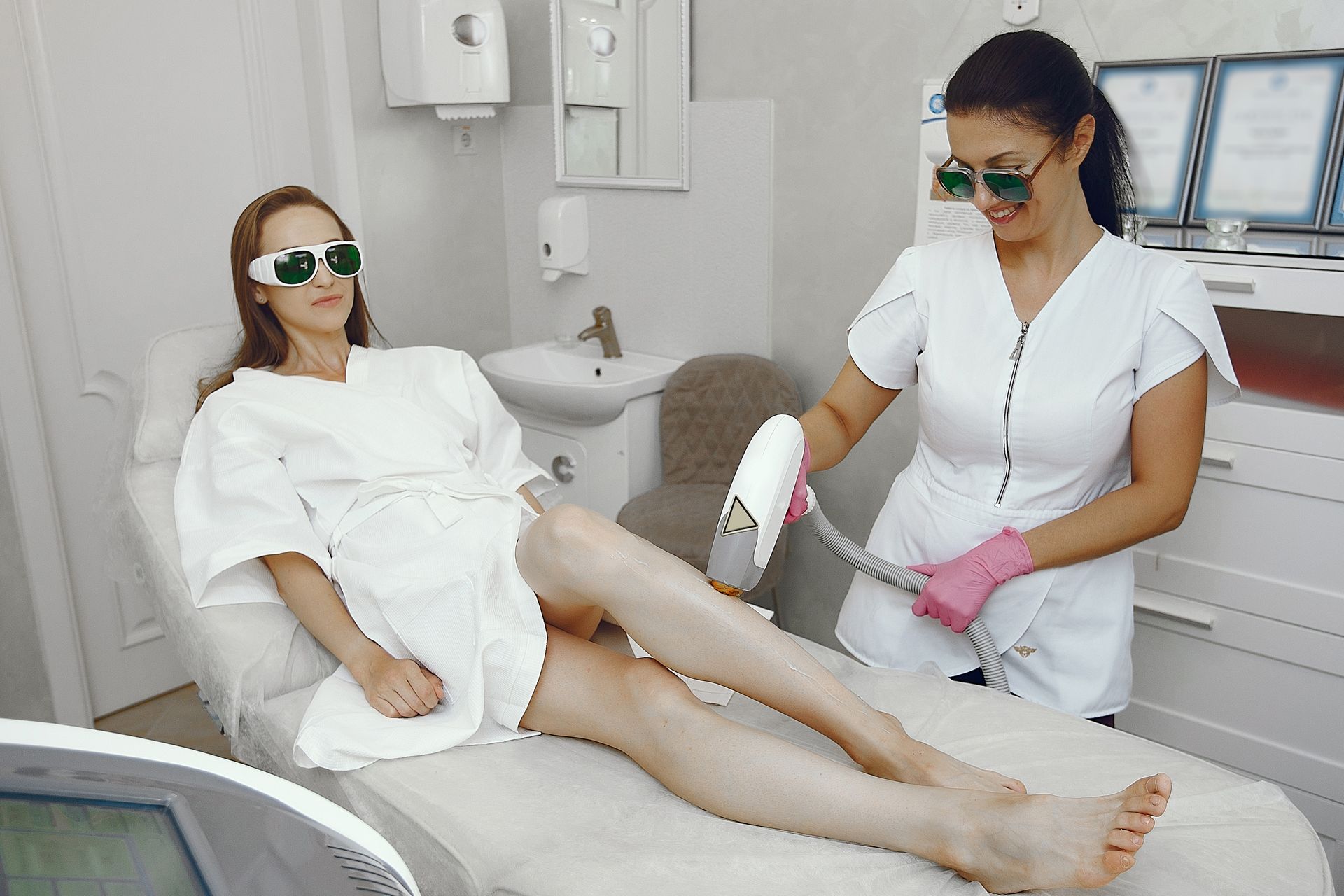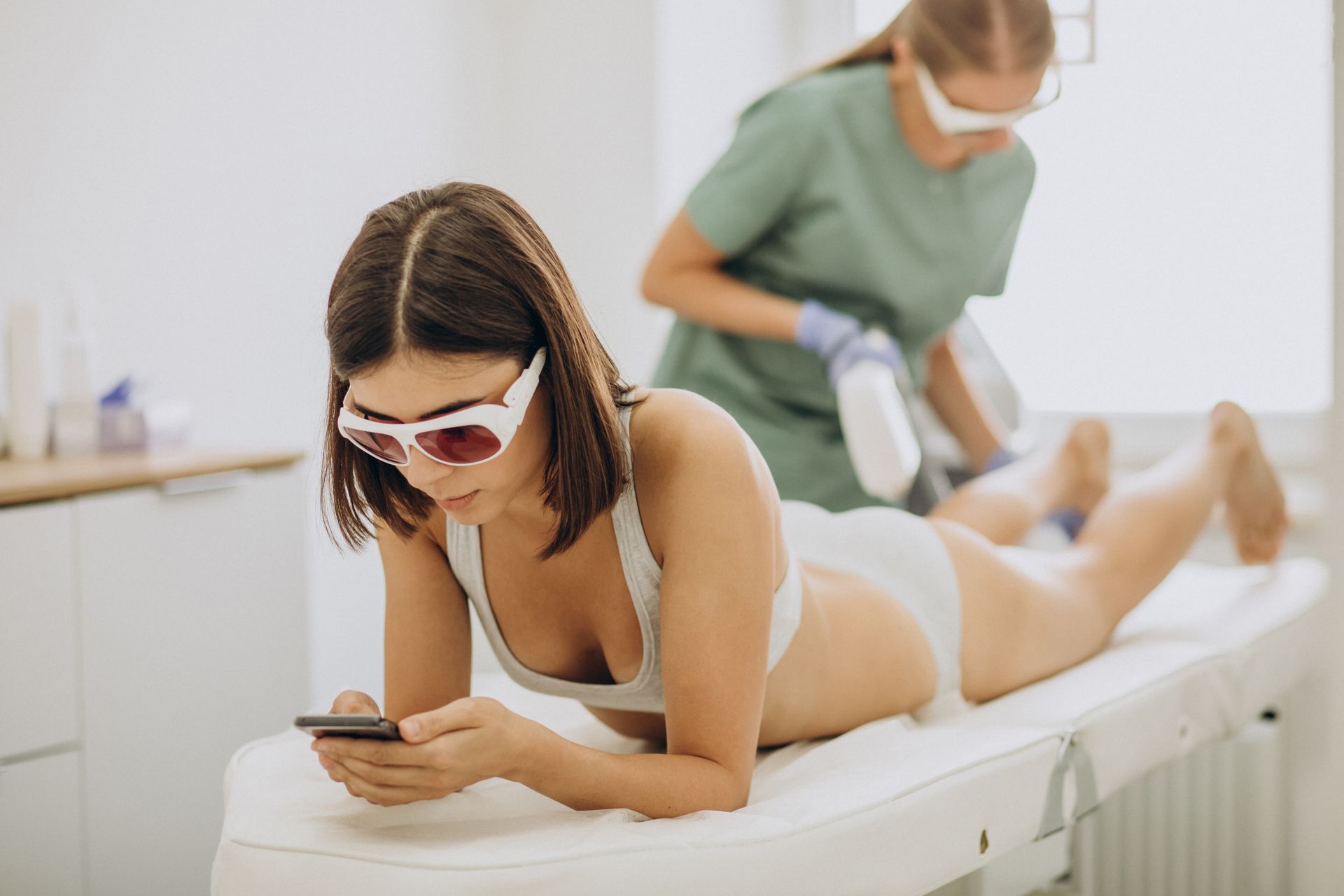Do Facials Really Help With Acne or Acne Scars? Dermatologist Insights
Acne can feel relentless — breakouts, clogged pores, inflammation, scars, and texture changes can affect not only your skin but also your confidence. As facials have become more popular, many people wonder whether they can actually help with acne or acne scars, or if they’re just a relaxing self-care ritual. Dermatologists agree that facials can play a valuable role in acne management, but how well they work depends on the type of acne, the type of facial, and how consistently you get them.
This in-depth guide breaks down what facials can and cannot do for acne and acne scars, how they work, and what skin experts recommend.
Why Men Need Facials Too: Skin Benefits Beyond Shaving Irritation
Understanding Acne: Why It Happens in the First Place
To understand how facials help, you first need to know what causes acne. Breakouts occur when:
- Dead skin cells build up
- Oil (sebum) overproduces
- Pores clog
- Bacteria multiply
- Inflammation develops
Hormones, stress, diet, genetics, and product buildup can all worsen the cycle. Facials target several steps in this chain — especially clogged pores, dead skin accumulation, and bacterial growth — which is why they can be helpful for many acne-prone individuals.
Do Facials Help With Acne?
Short answer: Yes, but with limits.
Facials help manage acne by deeply cleansing the skin, reducing congestion, and preventing future breakouts. They are not a cure, but they can significantly improve skin health and reduce flare-ups when done consistently.
Here’s how facials target acne effectively:
Deep Cleansing Clears Out Impurities
Acne-prone skin often accumulates oils, dirt, and product residue deep in the pores. A professional facial uses steam, gentle exfoliation, and targeted cleansers to break down buildup that regular washing alone cannot remove.
This deep cleansing is particularly beneficial for people with:
- Blackheads
- Whiteheads
- Clogged pores
- Excess shine
- Breakouts triggered by sweat or makeup
By clearing these blockages, facials help create an environment that discourages future acne formation.
Extractions: The Most Effective Part for Active Acne
Extractions are one of the major reasons dermatologists support facials for acne. A trained esthetician manually removes blackheads, whiteheads, and compacted oil without damaging the skin.
Trying to squeeze pimples at home can lead to:
- Scarring
- Hyperpigmentation
- Infection
- Spreading bacteria
Professional extractions are safe, controlled, and extremely effective for clearing congested areas like the nose, chin, and cheeks.
Exfoliation Helps Unclog Pores and Smooth Texture
Acne-prone skin sheds dead cells unevenly, causing buildup that clogs pores. Facials often include:
- Mild chemical exfoliation (AHAs/BHAs)
- Enzyme masks
- Microdermabrasion (depending on skin condition)
These exfoliants dissolve dead skin, reduce roughness, and prevent future blockages. Dermatologists frequently recommend salicylic acid facials for oily skin because it penetrates deep into the pores.
LED Light Therapy Reduces Inflammation and Bacteria
Many advanced facials now include LED blue light therapy. It targets Cutibacterium acnes, the bacteria responsible for inflammatory acne.
Benefits include:
- Reduced redness
- Faster healing
- Lower inflammation
- Fewer active pimples
LED therapy is pain-free, non-invasive, and safe for sensitive skin, making it one of the most effective add-ons for acne facials.
Hydration Helps Balance Oil Production
Dry skin may seem unrelated to acne, but dehydration can trigger more oil production as the skin tries to compensate. Facials hydrate and repair the skin barrier, which helps regulate excess sebum.
A healthy barrier means fewer breakouts and less irritation from products.
Do Facials Help With Acne Scars?
Yes, but only certain types — and depending on severity.
Acne scars fall into two categories:
- Pigmentation marks (brown or red spots)
- Textural scars (pits, depressions, raised scars)
Facials help discoloration far more effectively than deep textural scars. Here's how:
How Facials Help Acne Pigmentation (PIH & PIE)
Many facials target dark spots and red marks left behind after acne heals. Ingredients like vitamin C, niacinamide, lactic acid, and mild peels brighten skin and speed up fading.
Chemical exfoliation and hydration also increase cell turnover, helping marks lighten faster.
For people dealing with post-acne pigmentation, facials are an excellent support treatment alongside sunscreen and topical brightening products.
How Often Should You Get a Facial for Glowing Skin? (By Skin Type)
Can Facials Improve Deep Acne Scars?
Not significantly.
Indented or raised scars require medical procedures such as:
- Microneedling
- Subcision
- Fractional lasers
- Chemical peels (medium to deep strength)
- Radiofrequency microneedling
Basic facials cannot rebuild collagen at the depth needed to treat true scarring. However, they can improve tone, hydration, and mild texture irregularities, which makes scars look less noticeable.
When Facials Are the Best Option for Acne
Facials are ideal for:
- Mild to moderate acne
- Blackheads and whiteheads
- Congestion from sweat or makeup
- Hormonal acne flare-ups
- Oily, shiny skin
- Sensitive skin that can’t tolerate strong medications
They are especially helpful for teens or adults who want regular maintenance without harsh treatments.
When You Should See a Dermatologist Instead
A dermatologist is recommended if you have:
- Severe cystic acne
- Nodules
- Deep scarring
- Painful inflammation
- Acne unresponsive to skincare
Dermatologists may combine facials with prescription options like retinoids, benzoyl peroxide, antibiotics, spironolactone, or hormonal treatments.
How Often Should You Get Facials for Acne?
Most dermatologists recommend:
- Every 3–4 weeks for active acne
- Every 6–8 weeks for maintenance
Consistency is more important than intensity.
The Bottom Line: Facials Help, but They’re Not a Magic Cure
Facials are an excellent addition to an acne treatment plan. They unclog pores, lower inflammation, target bacteria, brighten pigmentation, and improve overall skin health. However, they work best when combined with the right home routine and, if needed, dermatologist-recommended treatments.
If your acne is mild to moderate, facials can make a visible difference. For deeper scars or severe breakouts, professional medical treatments may be necessary.
With the right approach, facials can be a powerful ally in achieving clearer, smoother, healthier skin.

